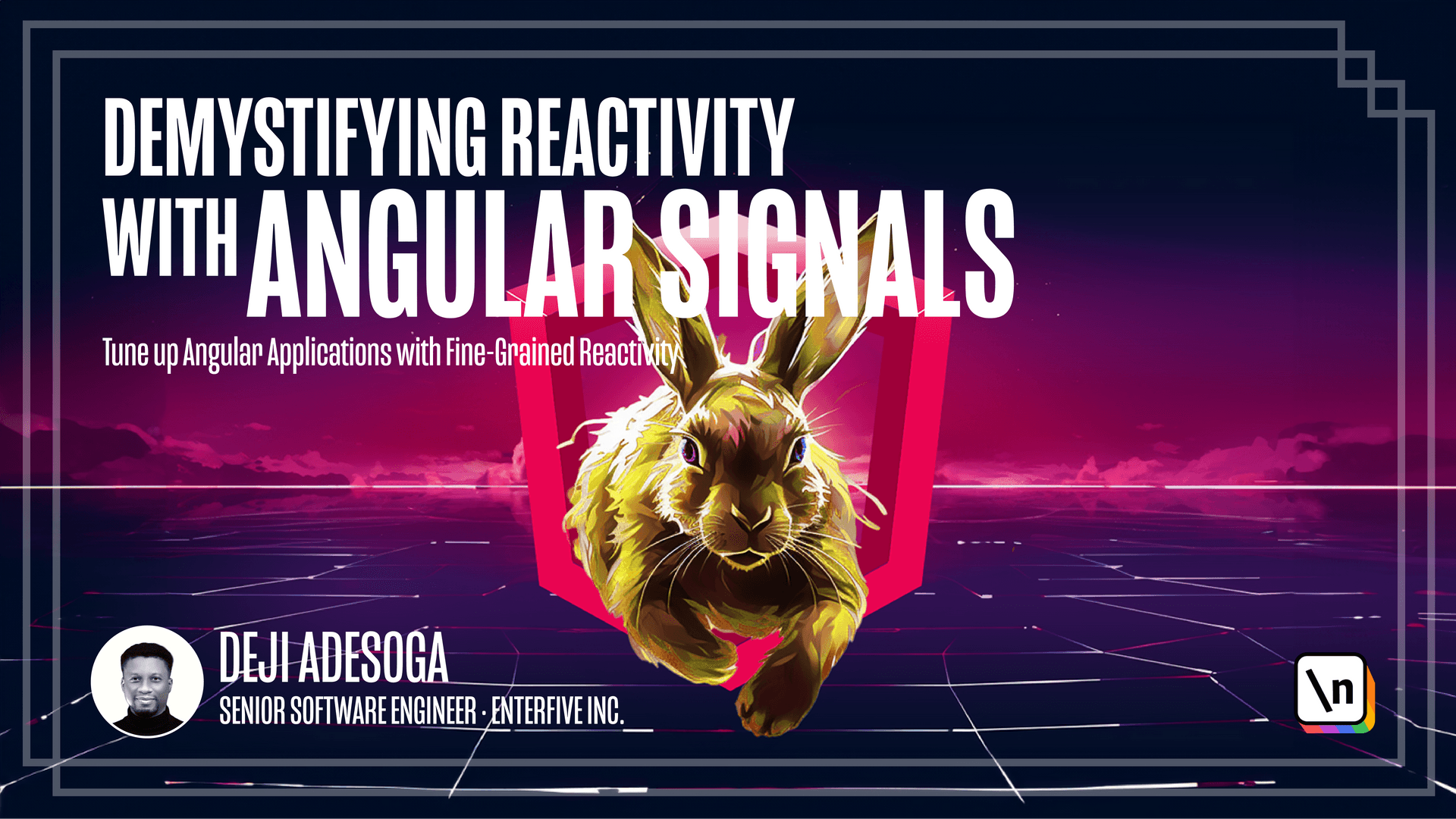Module 3 Introduction
This video provides an insight into what we are going to do in this module.
This lesson preview is part of the Demystifying Reactivity with Angular Signals course and can be unlocked immediately with a \newline Pro subscription or a single-time purchase. Already have access to this course? Log in here.
Get unlimited access to Demystifying Reactivity with Angular Signals, plus 90+ \newline books, guides and courses with the \newline Pro subscription.

[00:00 - 00:40] Hello everyone, welcome to the module 3 of the build a modern angular application with signals course. In the previous module, we were able to take an introductory look into signals by taking a look at the various methods as well as the various APIs available in signals. In this module, we will go a step further by looking into how we can combine RxJS and signals when working with HTTP request from the REST API. We will also learn how to work with the interoperability API when dealing with asynchronous operations in signals. And with that, we can get started with the first lesson of this module.